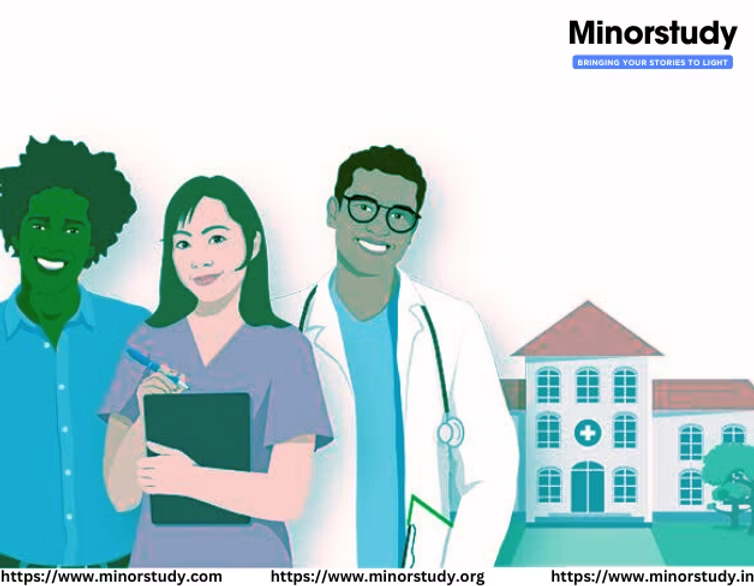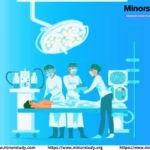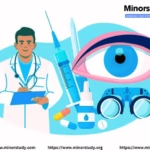Medical School: Overview and Curriculum
Medical school is a rigorous educational journey that trains individuals to become doctors. It combines theoretical knowledge, practical skills, and clinical experience, preparing students to diagnose, treat, and prevent diseases while upholding ethical medical practices.
Structure of Medical School
Preclinical Years (1-2 years):
Focus on foundational sciences and anatomy.
Students learn through lectures, lab sessions, and small-group discussions.
Clinical Years (3-4 years):
Emphasis on hands-on experience in hospitals and clinics.
Students rotate through specialties like internal medicine, surgery, pediatrics, etc.
Internship/Residency (Post-graduation):
Specialized training under supervision to build advanced skills in chosen fields.
Core Subjects in Medical School
Year | Subject | Description |
1st Year | Anatomy | Study of body structures and their relationships. |
Physiology | Functions and mechanisms in the human body. | |
Biochemistry | Chemical processes and substances in living organisms. | |
2nd Year | Pathology | Study of diseases, their causes, and effects. |
Pharmacology | Drug action, usage, and effects on the body. | |
Microbiology | Study of microorganisms and their role in disease. | |
3rd Year | Internal Medicine | Diagnosis and management of adult diseases. |
Surgery | Principles and practice of operative procedures. | |
Obstetrics & Gynecology | Care for pregnancy, childbirth, and female reproductive health. | |
Pediatrics | Health care for infants, children, and adolescents. | |
4th Year | Psychiatry | Diagnosis and treatment of mental health disorders. |
Orthopedics | Focus on musculoskeletal system issues. | |
Community Medicine | Public health and preventive medicine. | |
Emergency Medicine | Management of acute and life-threatening conditions. |
Special Features of Medical School
Clinical Rotations: Students apply their theoretical knowledge in real-life patient care settings.
Problem-Based Learning (PBL): Encourages critical thinking by solving complex case scenarios.
Ethics and Communication: Focuses on doctor-patient relationships and ethical medical practices.
Research Opportunities: Involves participation in scientific studies and publications.
Assessment Methods
Type | Description |
Written Exams | Tests theoretical understanding of medical concepts. |
Practical Exams | Evaluates skills in anatomy, pathology, and clinical procedures. |
Objective Structured Clinical Examination (OSCE) | Tests communication, diagnostics, and clinical skills through stations. |
Continuous Assessment | Includes attendance, assignments, and participation in group discussions. |
Duration and Certification
Medical school typically takes 5-7 years, depending on the country.
Graduates earn a degree (e.g., MBBS, MD, DO) and take licensing exams to practice.
Specializations After Medical School
After completing medical school, students can pursue advanced training in specialties such as:
Specialization | Focus Area |
Cardiology | Heart diseases and disorders. |
Neurology | Nervous system disorders. |
Dermatology | Skin, hair, and nail conditions. |
Ophthalmology | Eye health and vision care. |
Pediatrics | Health care for children and adolescents. |
Psychiatry | Mental health and psychological disorders. |
Surgery | Operative procedures for treatment and repair of body systems. |
Global Significance
Medical schools worldwide produce professionals who play a critical role in public health, research, and innovation. They contribute significantly to improving life expectancy and quality of life.
Challenges in Medical School
Intense Workload: High volume of studying and practical exposure.
Mental Health Strain: Stress and burnout are common.
Financial Burden: Tuition fees and related expenses can be significant.
Motivational Quote
“The art of medicine consists in amusing the patient while nature cures the disease.” – Voltaire
Medical school is a challenging yet rewarding journey that equips future doctors with the knowledge and skills to make a profound impact on society.








